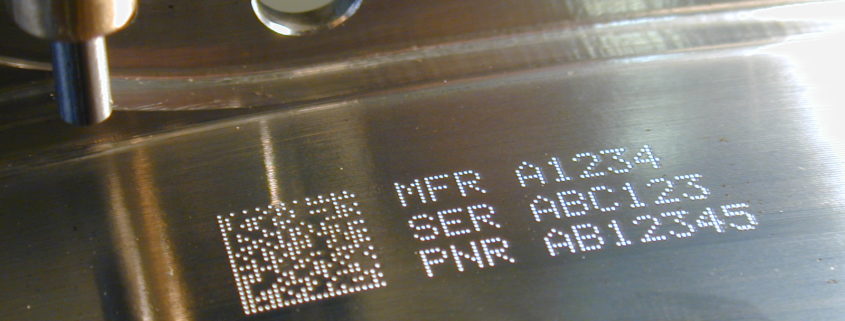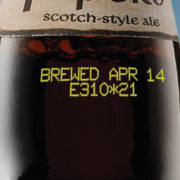Vision is essential for quality laser marking
Cyan Tec Systems, an expert laser marking systems integrator, has extensive experience of integrating laser marking with vision systems to combine automatic code verification and position compensation, to achieve the quality required for industries like automotive and aerospace manufacturing.
A revolution in digital imaging technology has enabled camera sensor resolution and sensitivity in low light to increase dramatically in recent years. Cameras which are smaller and more efficient can be integrated where space is limited and are capable of operating in harsh environments.
In 21st century manufacturing, there is a need to verify correct completion of a process to ensure parts match specification at all stages in the process. Laser marking is a commonly-used technique to write information in text or machine readable code (bar codes and 2D matrix marks) to identify components providing traceability and quality assurance. Immediately after a mark is completed, a vision system grabs the image of the mark under controlled lighting conditions and automatically reads the code to ensure that the contrast and integrity of the code matches the one that is stored in the customer’s master production database.
Given the resolution of modern cameras, the vision system can also be used for compensation of position or orientation, reducing the need for expensive tooling. A component can be placed within the field of view and the software automatically recognise the object (which might be one of a family of different components) and check the angular and positional misalignment before compensating by accurately shifting the laser marking file to match the actual component position.
Finally, another use for vision is the dimensional verification of laser processes like drilling, where the whole area can be calculated to ensure that the parameters are within the quality tolerance bands specified. Data can be recorded and logged to allow categorisation and process verification with the option of actively adjusting for errors during the production run or raising an alarm or warning to suspend production until fault conditions are rectified.
Modern laser marking systems are fast, accurate and repeatable with high reliability and minimum maintenance. Cyan Tec Systems has experience of integrating laser marking, engraving, etching or ablation systems using lasers from all the major suppliers and can offer expert advice on the most appropriate solution for laser processing, paint spraying, assembly, test, and many other applications. Standard and bespoke systems are offered with a full service from design through manufacture, a large installed base worldwide is supported by a dedicated team of engineers.






